Nearly everyone wants speed, efficiency, and accuracy—especially when it comes to software applications. As companies modernize their legacy codebases and migrate to the cloud, one of the best ways to achieve top performance is to create containers for modernized code.
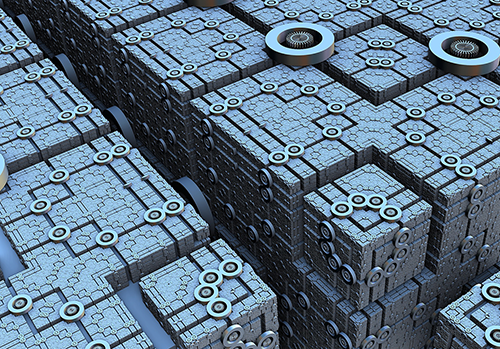 Code modernization has become increasingly important as we move toward integrated cloud-based and virtualized software environments. While the original legacy code was written to meet the needs of the business at that moment time, modernization of code permits these legacy applications to meet the needs of today’s organization while retaining the integrity of the original business logic. Software developers can then focus on innovation rather than maintenance. Modernization makes it possible to meet the demands of today's infrastructure requirements without high cost or compromises in security or functionality. Companies looking to expand services, access improved processes, and use resources more efficiently will need architectural changes. Bringing these trends together, containerization under Docker and Kubernetes has created a new model for application deployment that provides numerous advantages to program operation and interoperability but requires special accommodation.
Code modernization has become increasingly important as we move toward integrated cloud-based and virtualized software environments. While the original legacy code was written to meet the needs of the business at that moment time, modernization of code permits these legacy applications to meet the needs of today’s organization while retaining the integrity of the original business logic. Software developers can then focus on innovation rather than maintenance. Modernization makes it possible to meet the demands of today's infrastructure requirements without high cost or compromises in security or functionality. Companies looking to expand services, access improved processes, and use resources more efficiently will need architectural changes. Bringing these trends together, containerization under Docker and Kubernetes has created a new model for application deployment that provides numerous advantages to program operation and interoperability but requires special accommodation.
Containers provide consolidation benefits by permitting application instances to be stacked in larger virtual machines. Containerization improves efficiency, security, and reduces software licensing. It reduces complexity and ensures application portability, but the boost to protecting an organization’s systems at a time when only 56% of companies are integrating security into their technology strategies cannot be understated, according to Advanced’s 2020 Digital Business Report.
To take advantage of not just the security inherent to containerization, but the potential of having systems that can be ready for the next big advances in computing, applications must be modernized to externalize APIs and microservices. It is also important to ensure proper function within a containerized environment. Modernization transforms legacy applications to operate efficiently, reliably, and securely within the new environment with identical performance to the original application.
The Three-Step Approach: Transform, Cloud-Enable, Containerize & Deploy
When thinking about modernization, organizations can take a three-step approach based on TSRI’s experience in all forms of legacy code transformation, including migration to cloud services and containerization, to reduce risk and increase success:
1. Migrate legacy monolithic code to a service-oriented environment. This includes updating language from COBOL to Java, JavaScript, or C#, changing databases, and enabling microservices. At this step of the process, the migration also begins to abstract underlying services from the application.
2. Integrate service-oriented applications with native cloud services. This includes re-orienting code from WebSphere, DB2, or other legacy platforms to Apache Tomcat, Amazon RDS, or other modern platforms, for example. Upgrading to incorporate the latest native architectural interfaces ensures that applications will tightly integrate with the new environment, and ensures easier updates in future.
3. Transform native cloud to Docker containers. The movement to containers provides additional architectural abstraction and improved integration of applications within the cloud.
As with any kind of migration and modernization, organizations need to assess, tune and optimize their applications for suitability and to ensure that applications will perform adequately within the container environment without infrastructure issues that might arise from coding anomalies.
The key to a successful migration is to evaluate and model the underlying legacy code logic and to pinpoint the areas that require adaptation to the new environment. Not every application has a natural and hazard-free path to a cloud-based containerized solution. Knowledge of container operations such as ephemeral storage and parallelization issues is extremely important in managing this transition. The transformed code must also be optimized to meet the needs of its new environment.
In the case of migrating and modernizing mainframe systems to the cloud, fully automated refactoring technologies such as TSRI’s JANUS Studio® toolset transform legacy applications to cloud-native applications for containerized deployment on multiple cloud providers, including a practice devoted specifically to AWS. TSRI’s model-based solution transforms even large legacy systems written in languages such as COBOL, Fortran, PowerBuilder, Ada, MUMPS, and VB6 into modern applications in cloud-native target architectures.
-------
TSRI is Here for You
As a leading provider of software modernization services, TSRI enables technology readiness for the cloud and other modern architecture environments. We bring software applications into the future quickly, accurately, and efficiently with low risk and minimal business disruption, accomplishing in months what would otherwise take years.
See Case Studies
Learn About Our Technology
Get started on your modernization journey today!


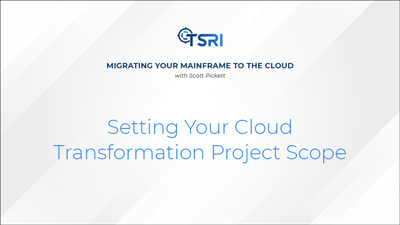
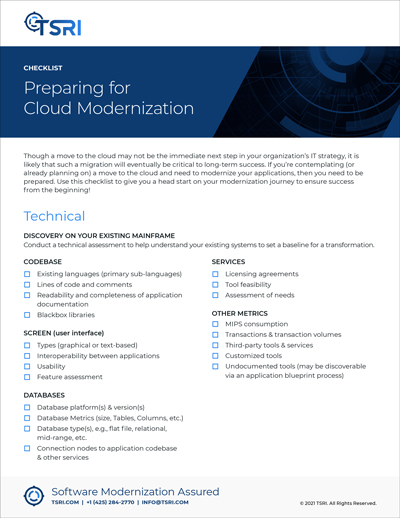 Check out this article featuring a downloadable
Check out this article featuring a downloadable 
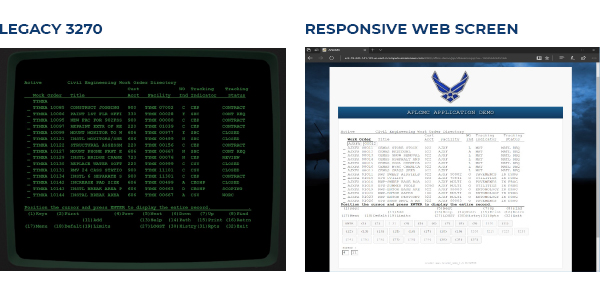
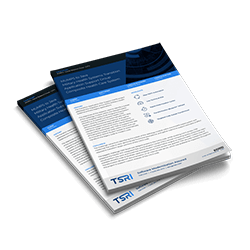
 Code modernization has become increasingly important as we move toward integrated cloud-based and virtualized software environments. While the original legacy code was written to meet the needs of the business at that moment time, modernization of code permits these legacy applications to meet the needs of today’s organization while retaining the integrity of the original business logic. Software developers can then focus on innovation rather than maintenance. Modernization makes it possible to meet the demands of today's infrastructure requirements without high cost or compromises in security or functionality. Companies looking to expand services, access improved processes, and use resources more efficiently will need architectural changes. Bringing these trends together, containerization under Docker and Kubernetes has created a new model for application deployment that provides numerous advantages to program operation and interoperability but requires special accommodation.
Code modernization has become increasingly important as we move toward integrated cloud-based and virtualized software environments. While the original legacy code was written to meet the needs of the business at that moment time, modernization of code permits these legacy applications to meet the needs of today’s organization while retaining the integrity of the original business logic. Software developers can then focus on innovation rather than maintenance. Modernization makes it possible to meet the demands of today's infrastructure requirements without high cost or compromises in security or functionality. Companies looking to expand services, access improved processes, and use resources more efficiently will need architectural changes. Bringing these trends together, containerization under Docker and Kubernetes has created a new model for application deployment that provides numerous advantages to program operation and interoperability but requires special accommodation.